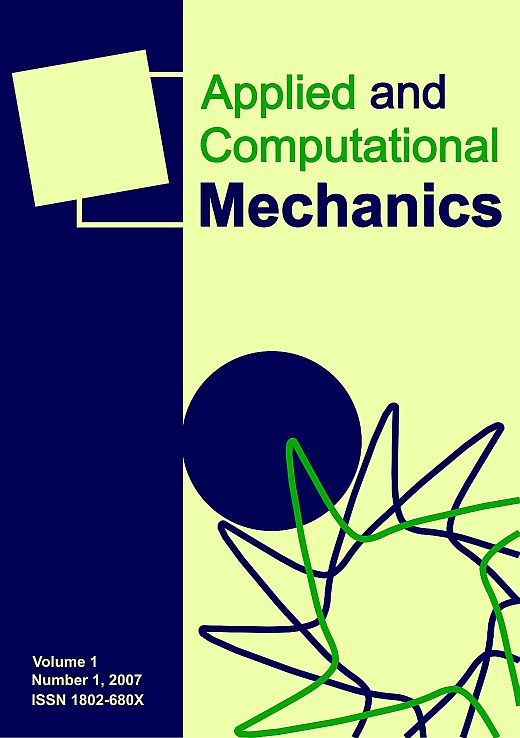Development of a constitutive model of soft tissues for FE analyses using a bottom-up approach
DOI:
https://doi.org/10.24132/acm.2018.330Keywords:
constitutive model, soft tissues, RVE, nonlinear responseAbstract
This paper presents the development of a two-scale anisotropic hyperelastic material model whose microstructure is motivated by the arrangement of soft tissues. In a bottom-up approach, we start at the microscale, identifying the components that are relevant for our model. These components are represented by simplified mechanical elements, such as linear springs and incompressible volumes. The next step is to use the concept of the representative volume element connecting the micro- and macroscales. Introducing principal material directions, the notion of invariants and pseudo-invariants is employed to derive a formula for the strain energy function. In fact, two hyperelastic models are proposed. In the simplified one, the microstructure is formed of a network of linear springs. In the second one, an incompressible volume is added to the representation of the microstructure. This results in the model’s having a nonlinear response, with the strain energy function arising as a solution to a minimization problem. The properties of the strain energy function and the influence of anisotropy are demonstrated on a simple tension test and a simple shear test. Applications of the proposed model to the description of prestressed materials, non-affine deformations, and real tissue modelling are presented.Downloads
Published
31-Dec-2018
Issue
Section
Articles
License
Copyright (c) 2019 Applied and Computational Mechanics

This work is licensed under a Creative Commons Attribution 4.0 International License.
How to Cite
[1]
J. Vychytil and M. Holeček, “Development of a constitutive model of soft tissues for FE analyses using a bottom-up approach”, APPL COMPUT MECH, vol. 12, no. 2, Dec. 2018, doi: 10.24132/acm.2018.330.







